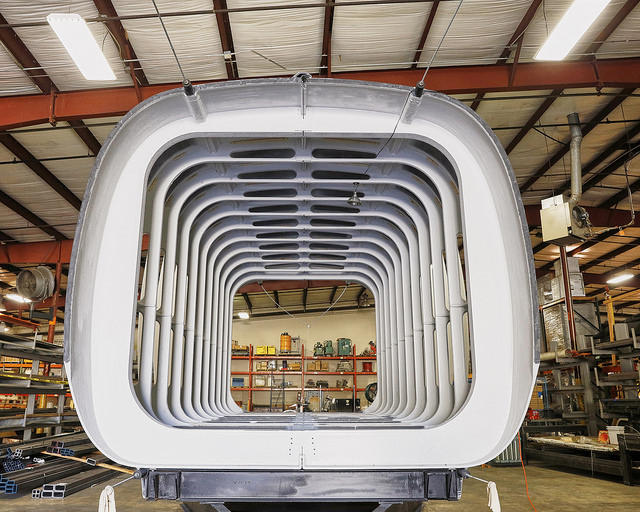Technology is evolving into something that is becoming more and more difficult to compartmentalize. One minute we think it’s safely confined to the digital word of bits, bytes and base pairs – the next it’s leaking out into things like automobiles and finance.
Perhaps the biggest change we’re going to see over the next few years is the way in which our buildings are made. Digital technology is having an impact here too, although it’s not entirely visible yet. Essentially, it’s opening up a world of complexity in building design that simply wasn’t possible before.
Already you can order an Armstrong metal building over the internet, choosing things like the size and shape. But what about buildings that are in the shape of bird’s nests, made from combinations of concrete and plastics or are situated atop giant obelisks? All these things are possible, believe it or not, thanks to digital technology.

Of course, the main enabling technology is 3D printing. It’s starting to come of age and is no longer being used to simply print out spare parts for your washing machine. It’s also being used to print buildings. Back in 2013, Wired magazine reported on Landscape House – a building designed by a team of architects in Amsterdam to be printed out all in one go. As you might imagine, the building was uniquely shaped, owing to the possibilities that 3D printing buildings opens up.
Another company is looking to develop the technology that’ll be required to make buildings on the moon if a moon base is ever established. Called D-Shape, the company wants it to be possible in the future to transport one of its 3D printers to the moon’s surface and then use moon rock to construct buildings and structures that people can actually use. Of course, their objectives right now are a little less lofty. They’re using a type of sandstone composite which they hope can be used to print out the structure of a house. Although the process is slower than most people imagine, a single machine can still pump out a house a month autonomously which is much faster than a regular build and a heck of a lot less expensive. The company has visions of being able to print out entire streets one day, all at close to the cost of raw materials. No high labor costs.
These concepts, however, aren’t the most radical. Some companies are looking to completely scrap the way we think about buildings and turn them into works of art instead. There’s good reason to believe that they’ll be able to do this too. A combination of intelligent CAD software and design tools could provide the engineering support to make sure that plans actually work structurally while allowing people to simply layer their ideas on top. Houses that look like bird’s nests will be a possibility.
Also, you’ll be able to customize buildings over the internet from the comfort of your computer. Just like you might design a newsletter, you’ll be able to do the same with printed buildings.

Be First to Comment